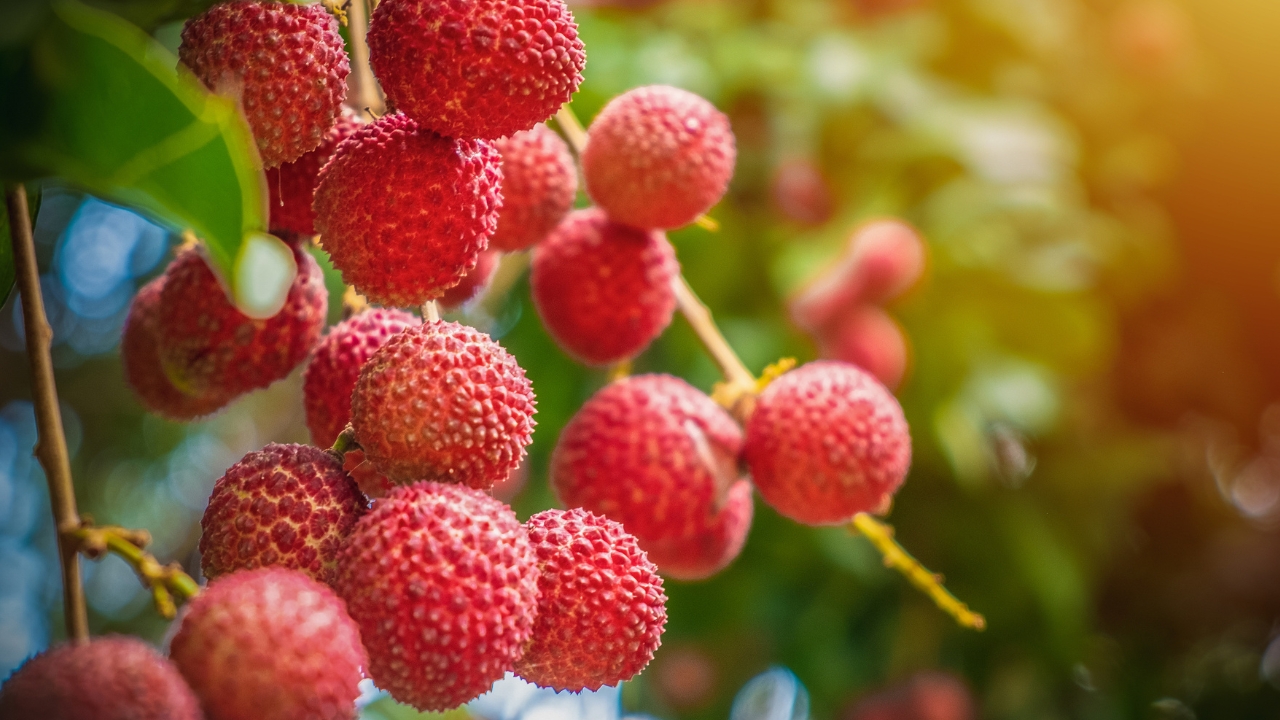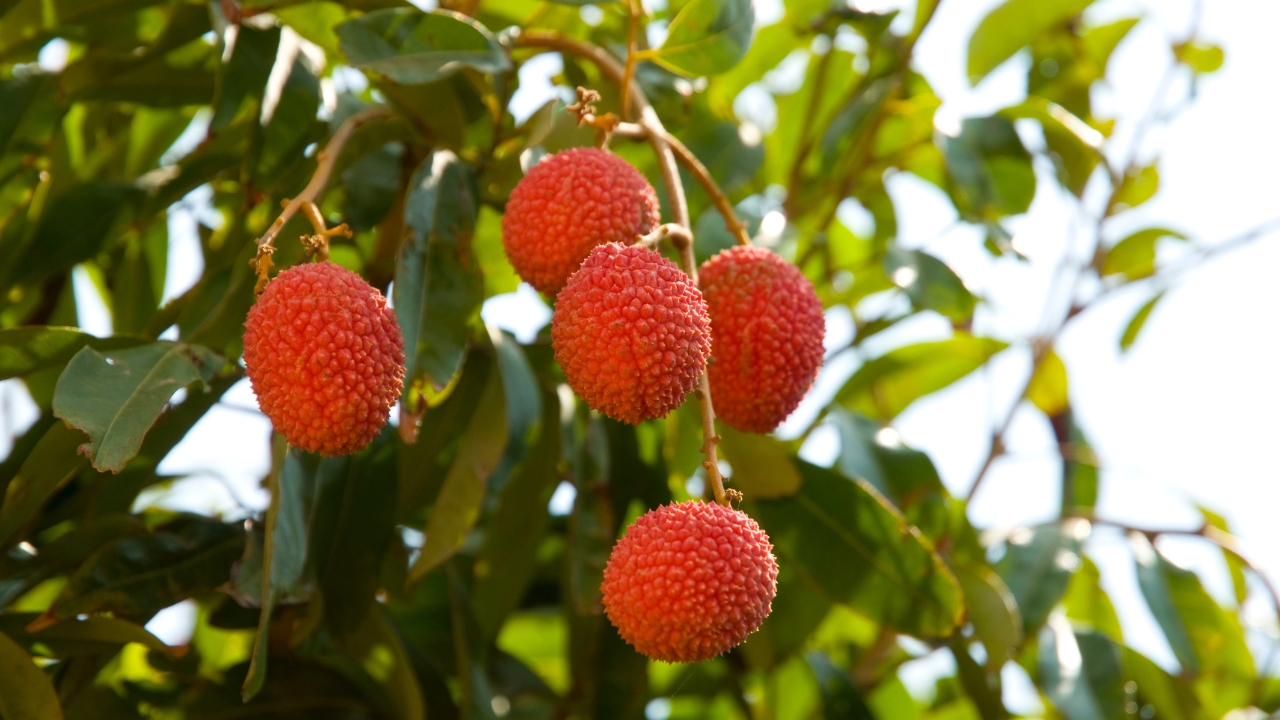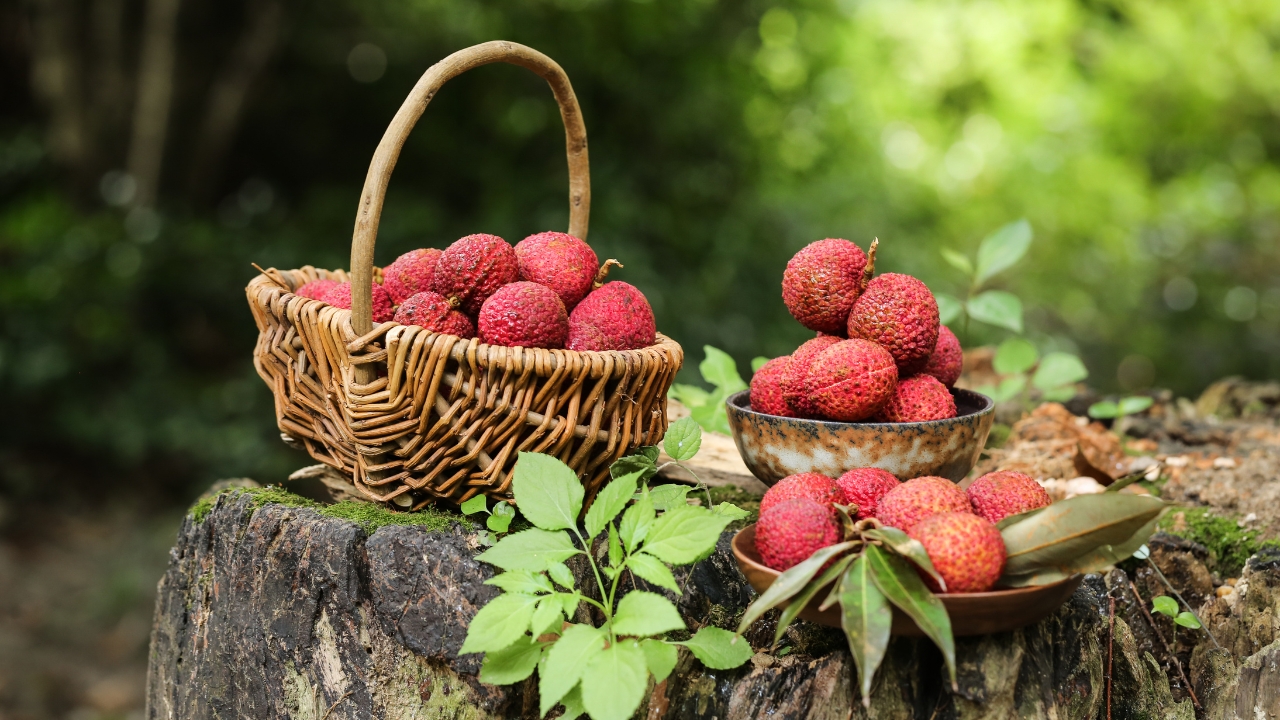
Lichi – The Royal Summer Fruit of India
Lichi, also known as lychee, is a delicious summer fruit that belongs to the soapberry family. Its soft, juicy pulp wrapped in a rough pink-red shell makes it a refreshing treat during India’s scorching summers. With origins in China, the fruit has now become a staple in Indian agriculture, culture, and global trade.
Origin and Cultivation of Lichi
Lichi was first cultivated in southern China over 2,000 years ago. It made its way to India in the 18th century and found an ideal home in the tropical and sub-tropical regions. Today, India is the second-largest producer of Lichis after China.
Bihar leads in Lichi production, especially the Muzaffarpur Shahi Lichi, which has received the coveted Geographical Indication (GI) tag. Other states such as West Bengal, Tripura, Punjab, and Uttarakhand also contribute significantly to India's Lichi output.

Nutritional Value and Health Benefits
Lichis are low in calories but rich in essential nutrients:
- Vitamin C: Boosts immunity and skin health
- Potassium: Regulates blood pressure
- Polyphenols: Act as powerful antioxidants
- Fiber: Aids digestion and controls cholesterol
Due to these health benefits, Lichi is increasingly being used in juices, desserts, skincare products, and nutraceuticals.
“Eating Lichi is like tasting a drop of tropical heaven — juicy, sweet, and incredibly healthy.”
Harvesting and Post-Harvest Care
Lichis are harvested between May and July in India. Since the fruit is highly perishable, proper post-harvest handling is crucial. Farmers use shaded baskets, cold chains, and modified atmosphere packaging (MAP) to preserve freshness and taste.

Global Demand and Export Potential
With increasing global interest in exotic fruits, Lichi exports from India have grown substantially. Key importers include:
- United Arab Emirates (UAE)
- United Kingdom (UK)
- Canada
- Saudi Arabia
- Netherlands
Exporters are focusing on improving quality standards, residue control, and compliance with international norms to meet the demand in these markets.
Why Indian Lichis Are Preferred
Indian Lichis are favored for their:
- Superior sweetness and aroma
- High juice content
- Natural ripening on the tree
- Eco-friendly and organic cultivation practices
Lichi Byproducts and Innovations
Beyond fresh consumption, Lichis are now being used in:
- Lichi nectar, squash, and jams
- Frozen pulp and concentrates
- Lichi-based fermented beverages
- Skincare and herbal products using Lichi seed oil
Challenges and the Way Forward
Despite growing demand, Indian litchi exports face challenges like:
- Short shelf life
- Lack of advanced cold storage facilities
- Export rejections due to pesticide residue
However, government initiatives under APEDA and improved farmer awareness are helping overcome these hurdles.
